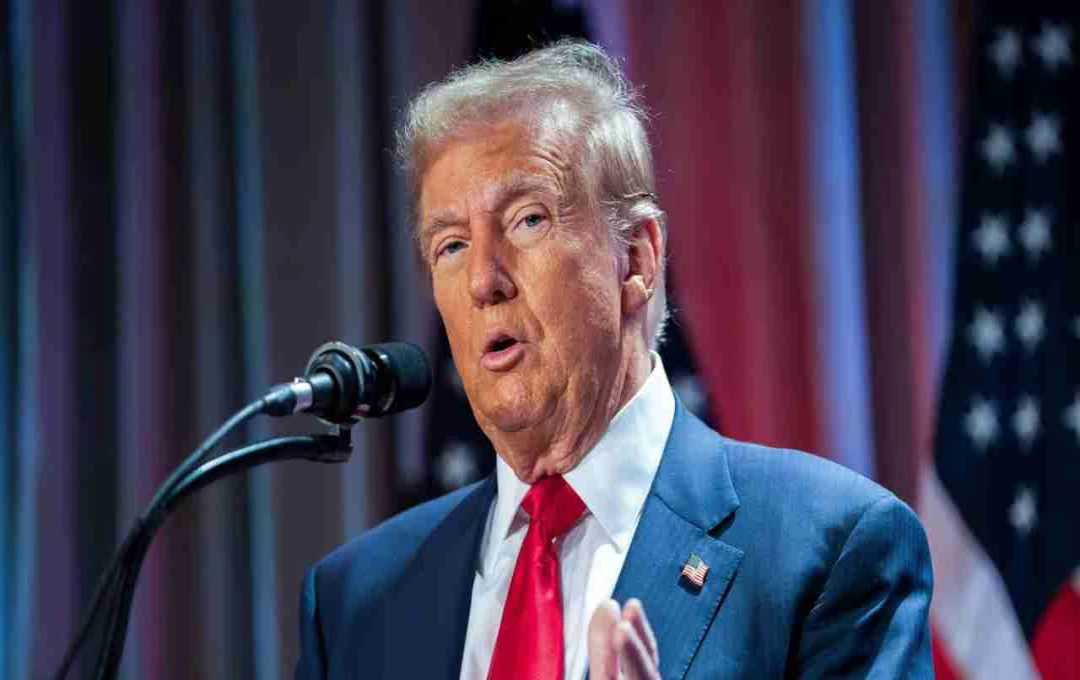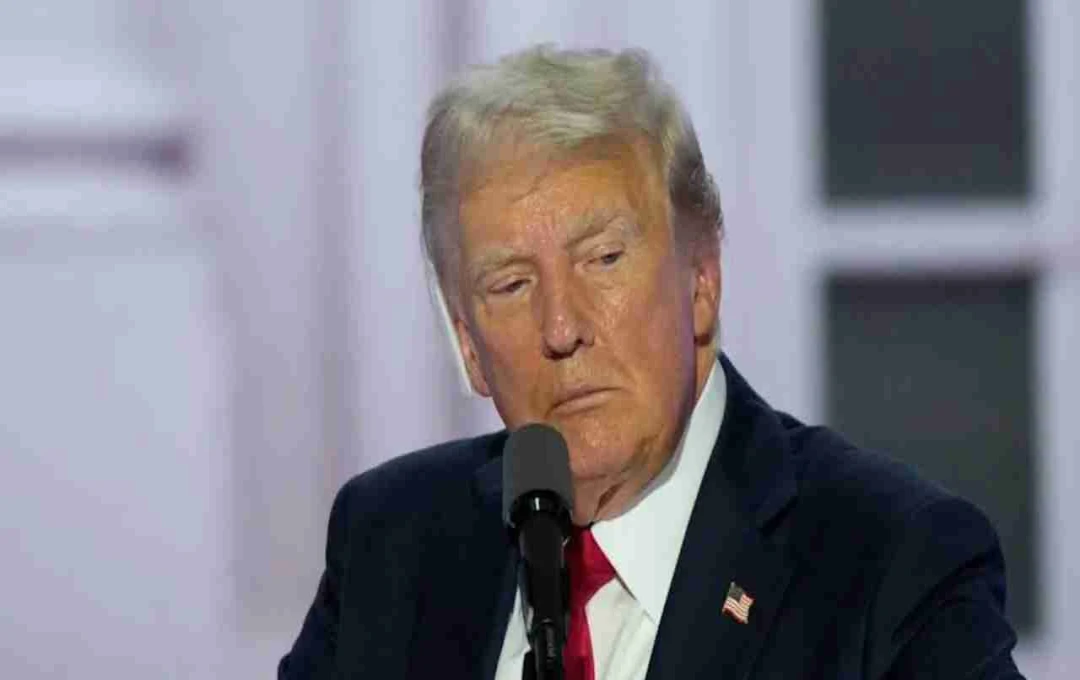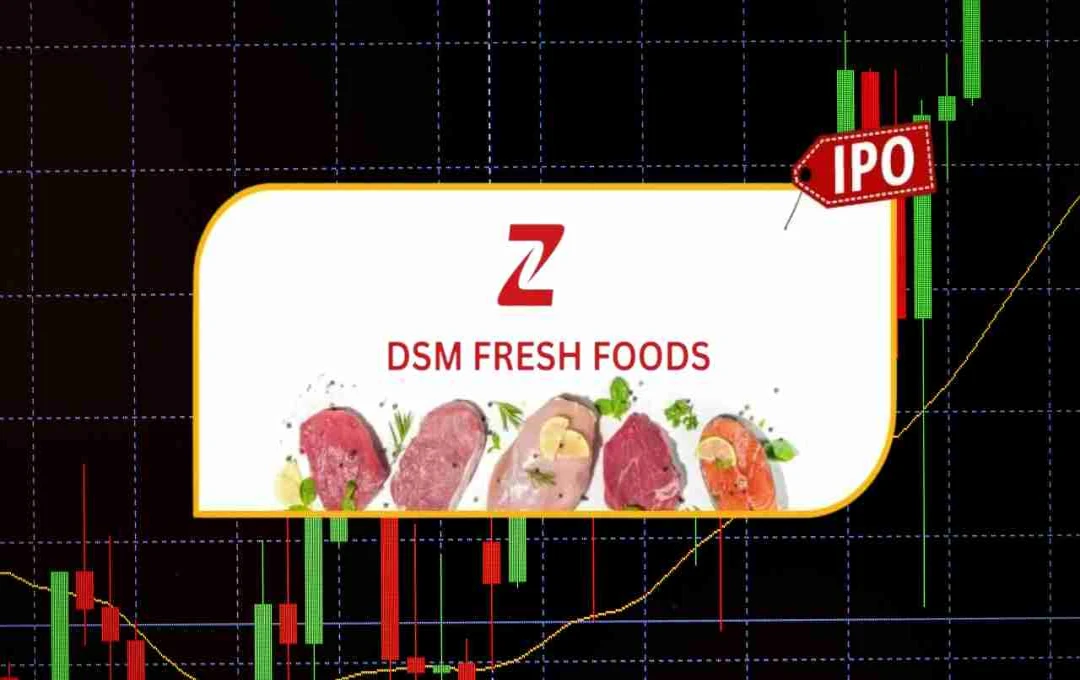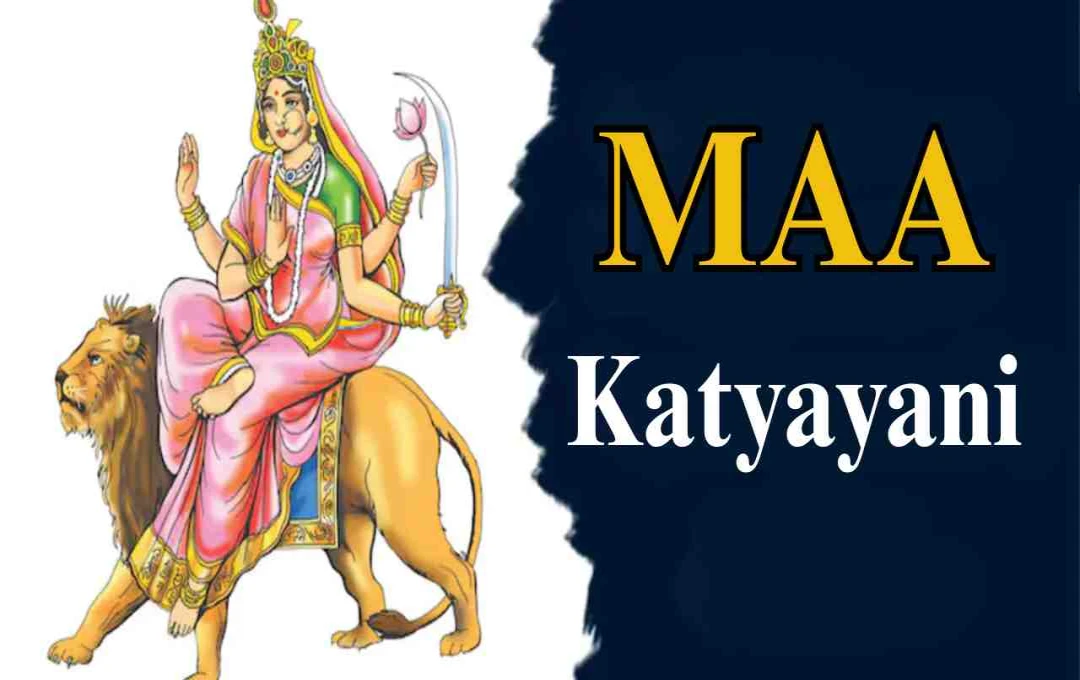The Indian government is set to establish five Rare Earth Magnet (REPM) plants under a scheme worth 7,350 crore rupees to reduce dependence on China and boost domestic production. This scheme will span seven years, enabling India to develop an indigenous manufacturing ecosystem with an annual capacity of 6,000 tons, strengthening sectors like automotive, electronics, and defense.
Rare Earth Magnets: The Indian government has devised a major plan for domestic production of rare earth magnets to break China's monopoly. According to a Business Standard report, the Ministry of Heavy Industries will establish five integrated REPM manufacturing units under this 7,350 crore rupee scheme. Each unit will have a capacity of up to 1,200 tons. The scheme aims to create a manufacturing network in India with an annual production capacity of 6,000 tons by reducing import dependence. This step has been taken after China imposed export restrictions, which affected India's automotive and electronics industries.
Preparing to Challenge China's Dominance
Currently, China dominates the supply of rare earth magnets globally. China recently imposed export restrictions on these magnets, which dealt a blow to India's automobile and electronics sectors. To counter this situation, India has now decided to establish its independent supply chain. According to a Business Standard report, this government scheme has reached its final stage.
The government's goal is to boost the production of sintered rare earth permanent magnets, thereby reducing import dependence. Under this scheme, a fully indigenous manufacturing ecosystem will be developed in the country, with an annual capacity of up to 6,000 tons.
Complete Manufacturing Network to Be Built in Seven Years
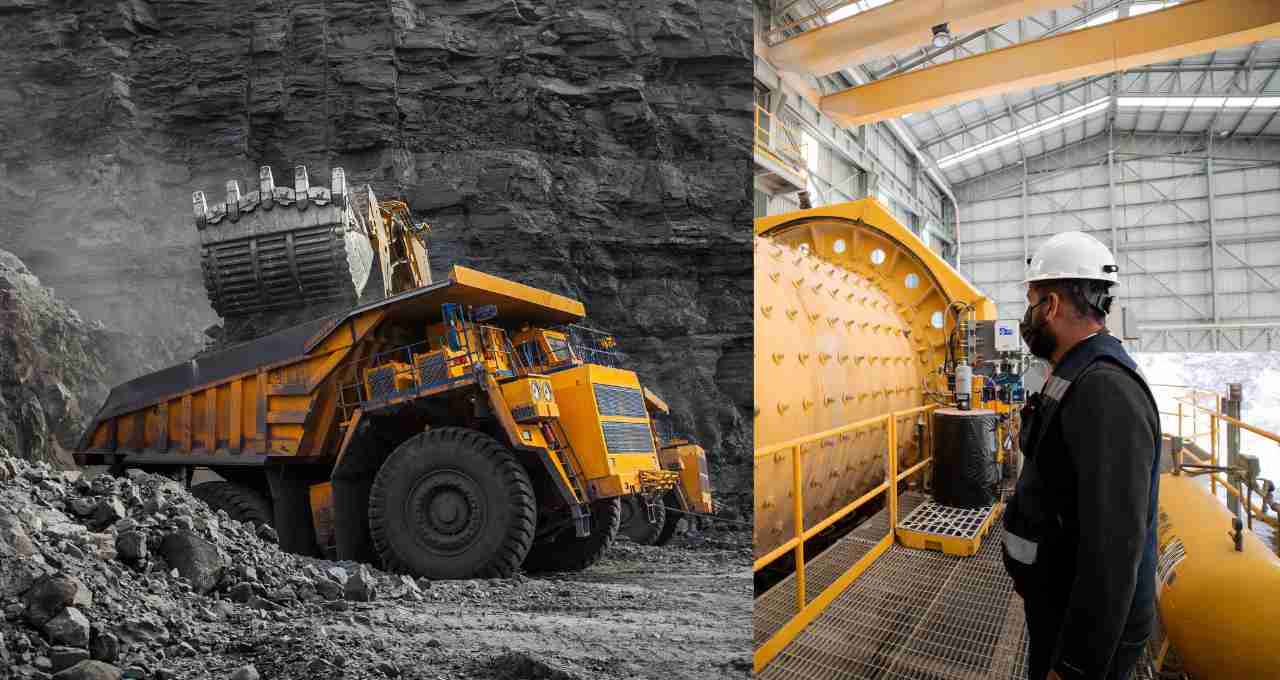
According to official documents, this scheme will run for seven years. Its objective is to create a domestic supply chain that converts NdPr (Neodymium-Praseodymium) oxide into sintered NdFeB (Neodymium-Iron-Boron) magnets.
These magnets are crucial for sectors such as automobiles, electronics, defense, and wind energy. REPM production involves several stages, including mining, processing, extraction, refining, and the process of making magnets from metal. Currently, India lacks the necessary technology and infrastructure for these final stages.
Five Large Plants to Be Set Up, Government Aid to Be Provided
The government plans to establish five integrated REPM manufacturing units. Each unit will have a capacity of 1,200 tons per year. Companies will be able to apply for capacities ranging from a minimum of 600 tons to a maximum of 1,200 tons per year.
These companies will be provided with two types of financial assistance: first, a sales-based incentive on the sale of magnets, and second, capital subsidy for establishing the unit. The government estimates that India's current annual demand is approximately 4,010 tons, which could increase to 8,220 tons by 2030.
Production to Begin in Two Years
Under this scheme, the goal is to establish plants and commence production within two years. According to the plan, companies will receive a 15 percent capital subsidy on eligible investments made after April 1, 2025.
The government expects production to be scaled up to an annual capacity of 6,000 tons from the third to the seventh year. The cost of setting up plants will be high as machinery and equipment will have to be imported from countries other than China.
Rising Demand Raises Concerns
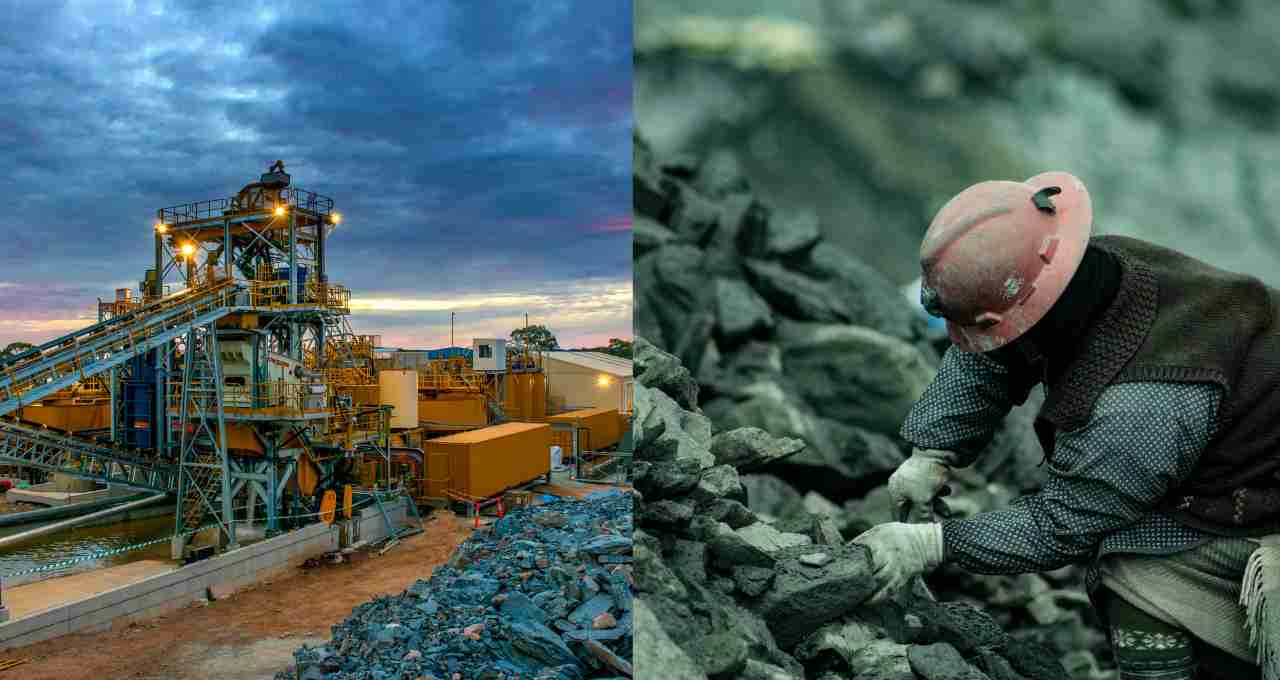
The demand for rare earth magnets is rapidly increasing in India. Their need is continuously growing in sectors such as electric vehicles, wind turbines, mobile phones, computers, and industrial motors. While the country's total demand was around 1,500 tons in 2022, it is expected to exceed 8,000 tons by 2030.
According to data from IREL (Indian Rare Earths Limited), the demand for electric vehicles is growing the most. The demand, which was 400 tons in 2022, could reach 3,250 tons by 2030. In the wind turbine sector, this demand is also expected to increase from 430 tons to 1,800 tons.
Selection Through a Transparent Process
The Ministry of Heavy Industries will issue a global tender for this scheme, inviting bids for five REPM units. A "two-envelope system" will be adopted for the selection process, which will include both technical and financial bids. Only the financial bids of technically qualified companies will be opened.
Companies will have to propose a sales incentive per kilogram, with a maximum limit set at 2,150 rupees per kilogram. The five companies with the lowest incentive amounts will be selected in the order of L1 to L5 and will be considered beneficiaries of this scheme.
Supply Chain and Raw Material Arrangement
Currently, the domestic supply of rare earth raw materials in India is limited. IREL currently produces approximately 500 tons of NdPr oxide annually, which is sufficient for about 1,500 tons of magnet production.
Under the scheme, IREL will provide a certain quantity of raw material to L1, L2, and L3 companies. L4 and L5 companies, however, will have to procure all their required raw materials themselves.
The government has constituted an inter-ministerial committee, chaired by the Secretary of the Ministry of Heavy Industries, to monitor this entire project. This committee will oversee adherence to timelines, review progress, and address emerging challenges.
This initiative by India will not only free the country from dependence on China but could also establish it as a new global hub for rare earth magnet production in the coming years.






